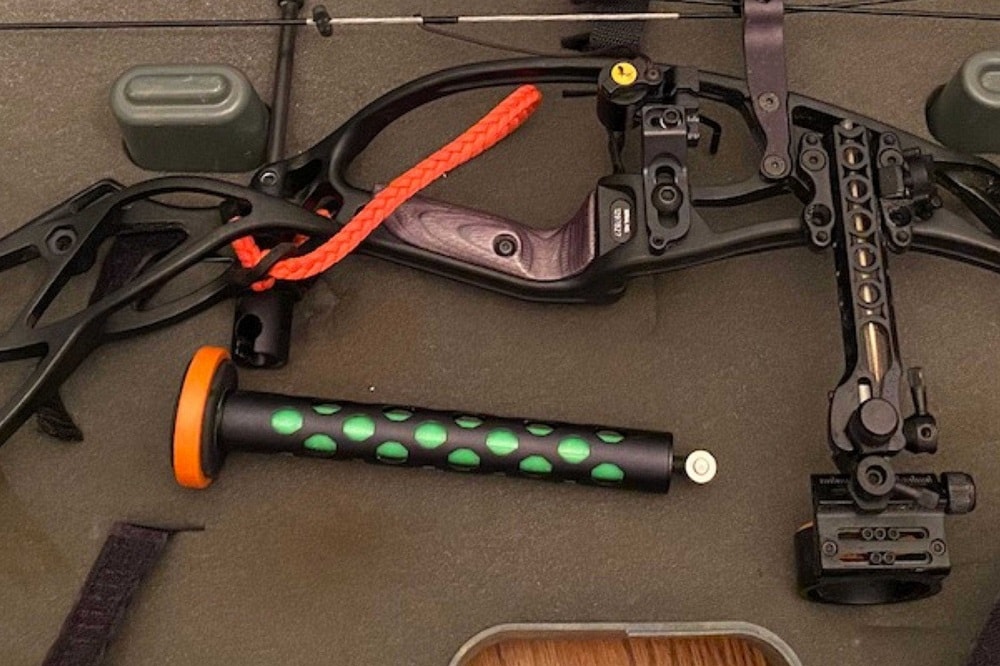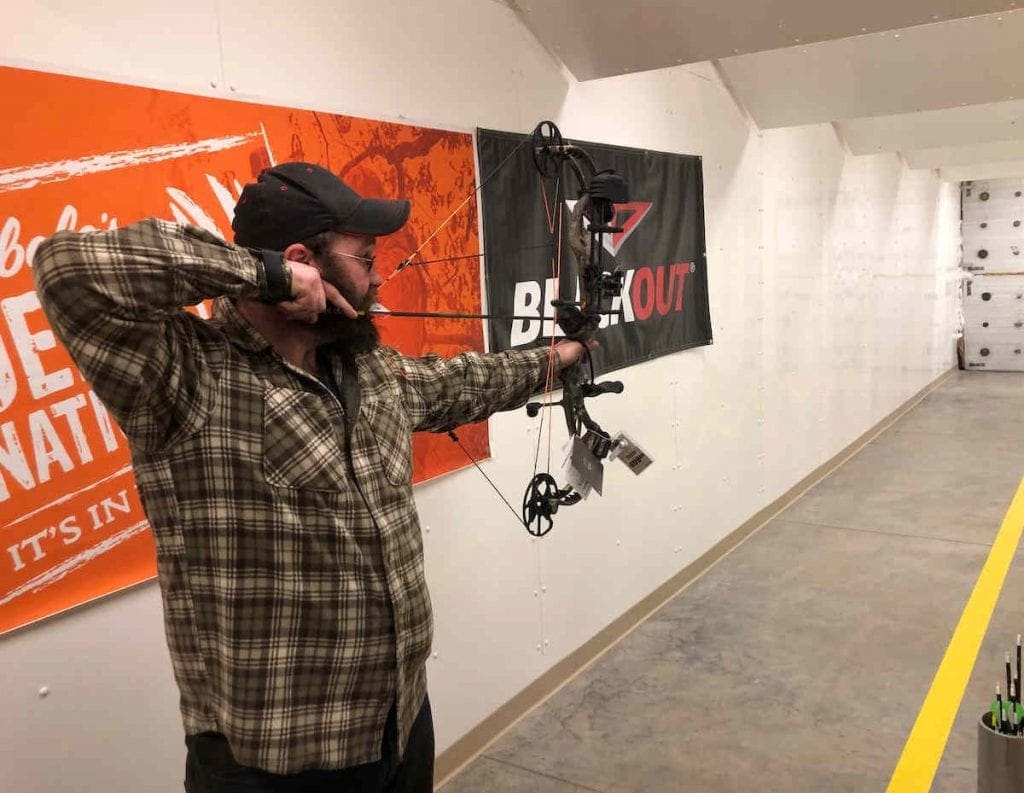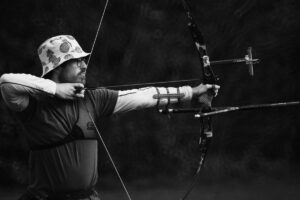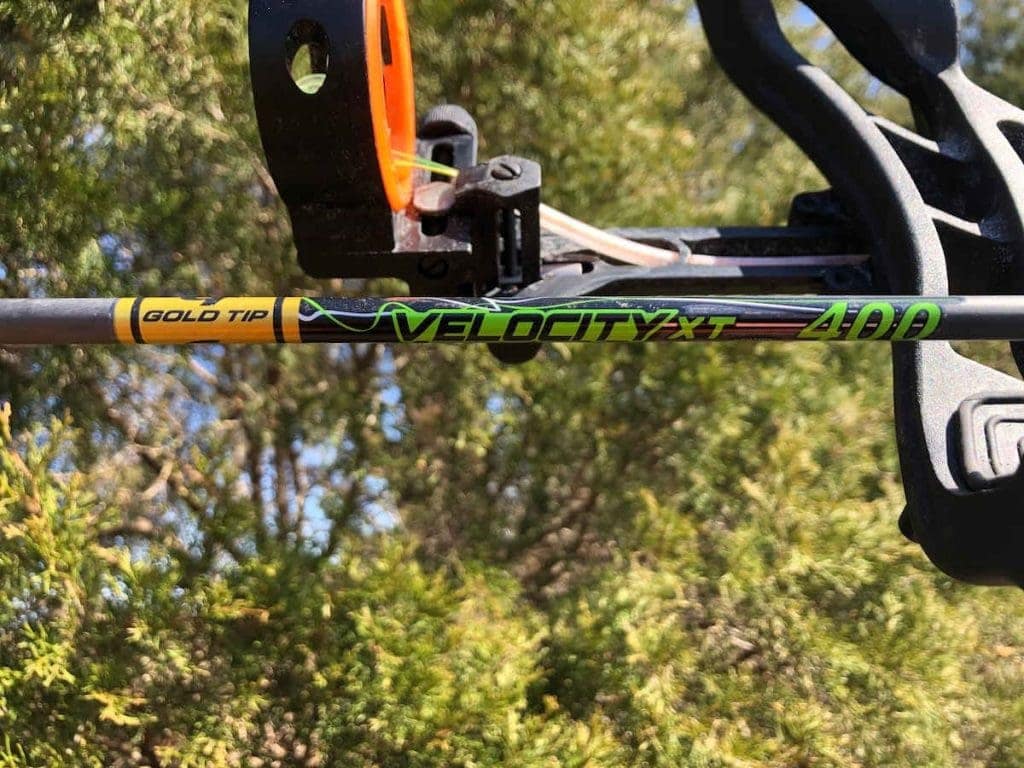Archery is a pursuit where precision is paramount. No matter how minute, every detail can be the difference between a triumphant shot and a frustrating miss.
As a seasoned bowhunter, I’ve learned that consistency is king, and to achieve that, one must strive to eliminate variables that can throw off a shot. A key element in this quest for consistency is ensuring your bow is perfectly balanced.
Most compound archers today wouldn’t dream of going afield without a stabilizer, but choosing the right one is more nuanced than it might seem.
TL;DR
Like a tightrope walker’s balance pole, a stabilizer is a weighted rod that offsets a bow’s natural tendency to tilt, bringing it into equilibrium. This balance enhances accuracy by minimizing wrist torque and swaying. Standard front stabilizers add stability, while side and back bars allow fine-tuning. Most archers do well with a 6″-8″ front stabilizer. Experimentation with different lengths and styles helps find the ideal match for your bow and shooting style. A balanced bow promotes consistency.
Let’s dive into how you can find that sweet balance spot for your compound bow with the right stabilizer.
Contents (Jump to Topic)
ToggleWhat Is A Stabilizer?
Imagine a tightrope walker using a balance pole. That’s what a stabilizer does for your bow—it’s a weighted rod, varying in length, that screws into your bow’s riser.
While stabilizers come in different shapes and sizes, their goal is the same: to bring your bow into a state of equilibrium at full draw by offsetting its natural tendency to tilt.
The bow’s design and the archer’s grip influence this tendency to lean. A stabilizer acts as a counterbalance, adjusting the bow’s center of gravity. When your bow is balanced, it won’t dip or sway, which is a game-changer for any archer.
Moreover, stabilizers often have vibration-dampening materials that cut down on noise and reduce the shock transmitted to your hand upon release.
The Virtues Of Balance
A balanced bow is like a well-oiled machine—it just feels right. At full draw, it sits comfortably in your hand without pulling in any direction. This stability lets you focus on your target, with your sight pins aligning with your aim.
The absence of wrist torque is another boon. Any torque can send your arrow astray, but a balanced bow promotes a clean follow-through and, consequently, better accuracy.
Types Of Stabilizers
Stabilizers are not one-size-fits-all. They cater to different needs, and understanding their benefits will help you make an informed choice.
- Standard (Front-Mounted) Stabilizer: The go-to for many, this stabilizer adds weight to the front of the bow, enhancing vertical stability and making it easier to maintain your aim.
- Side Stabilizer: These are positioned to counterbalance the weight of accessories like sights and quivers. They’re typically mounted on the opposite side of these accessories to maintain even weight distribution.
- Back Bar Stabilizer: Mounted facing the rear, these stabilizers can be angled to fine-tune your bow’s balance. Often set at a downward angle, they help the bow sit upright, reducing the need for wrist adjustment.
How To Choose The Perfect Stabilizer
Choosing the perfect stabilizer combines personal preference and understanding your needs.
A 6”-8” standard stabilizer will do the trick for many archers, providing balance and reducing hand torque without getting in the way during a hunt.
Experienced archers might find back bars or side stabilizers beneficial for their extra stability. It’s also worth experimenting with different lengths to discover what best suits your bow and shooting style.
Don’t hesitate to engage in some trial and error. Most archery shops will let you test out different stabilizers, which is a fantastic way to find your ideal match.
The Balancing Act
A well-balanced bow is a thing of beauty. It enhances accuracy by reducing unnecessary movement and wrist torque. By selecting the right stabilizer, any archer can achieve a level of balance that leads to consistent, accurate shots.
With many stabilizers on the market, finding one that complements your shooting style and situation is key. The right choice can significantly affect your success as a compound archer.







